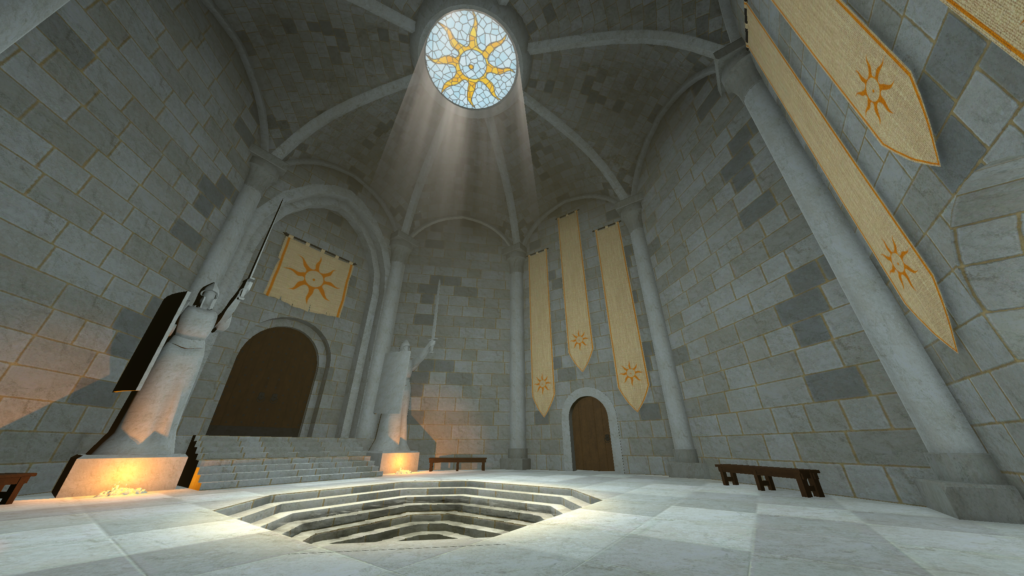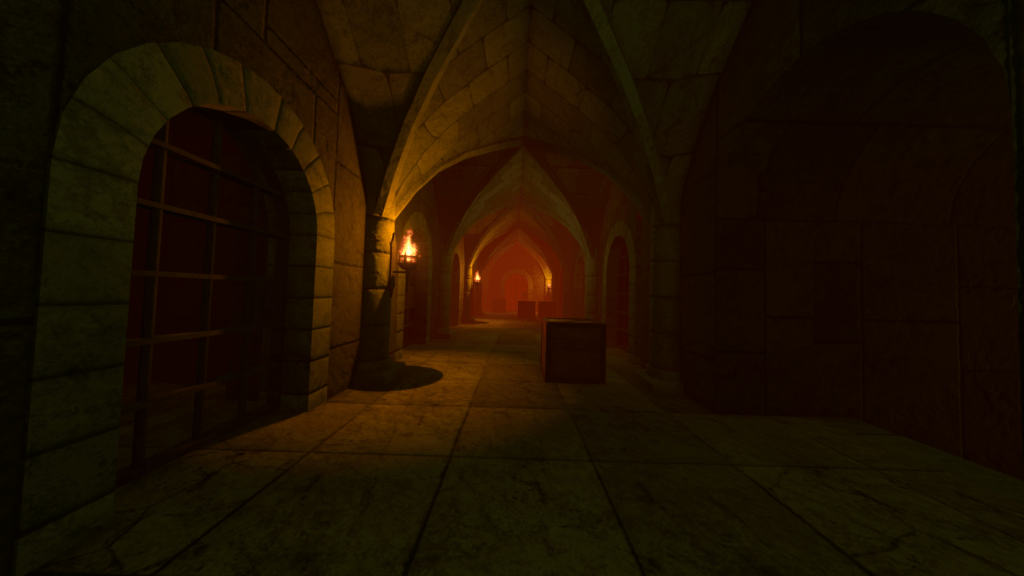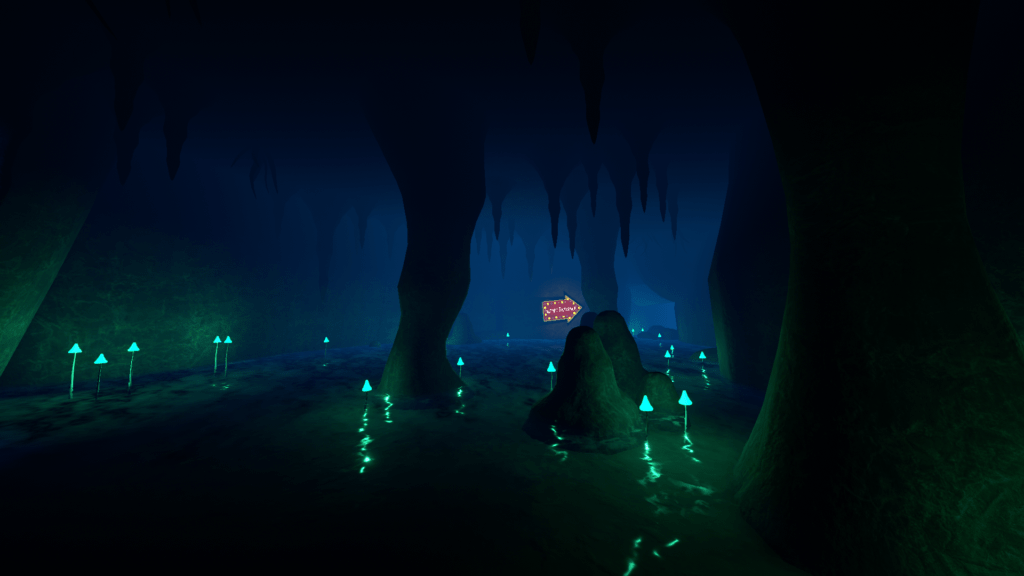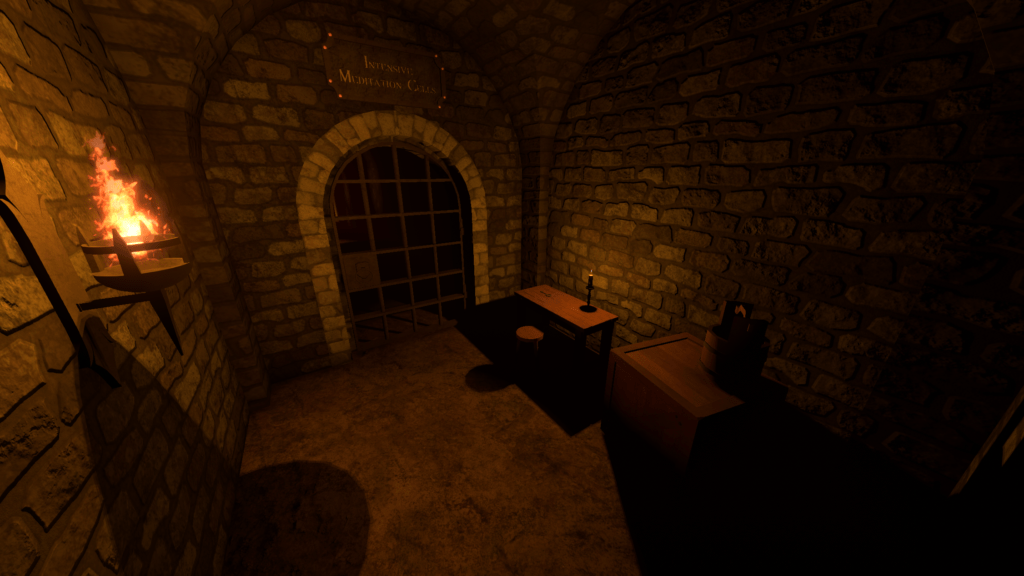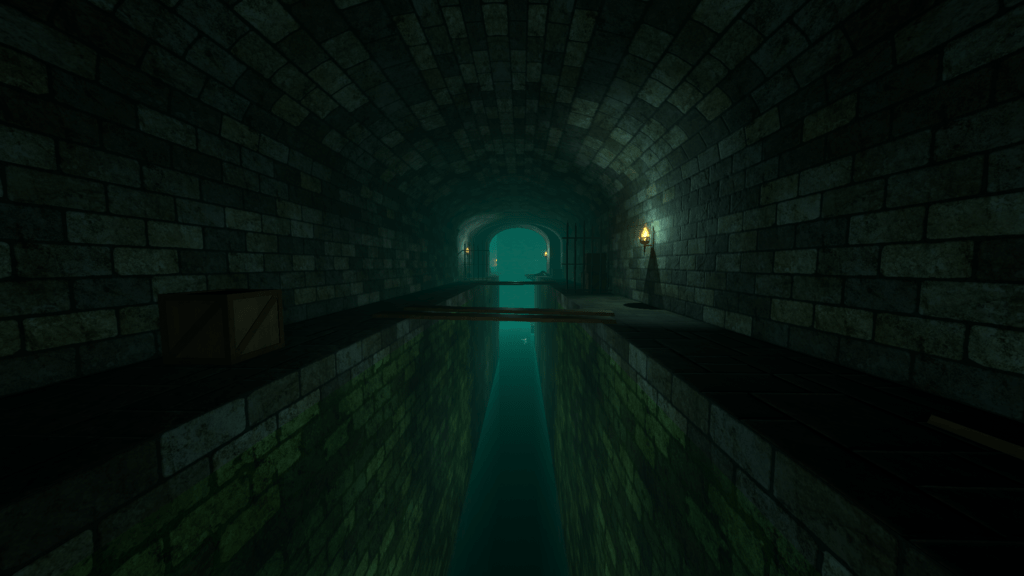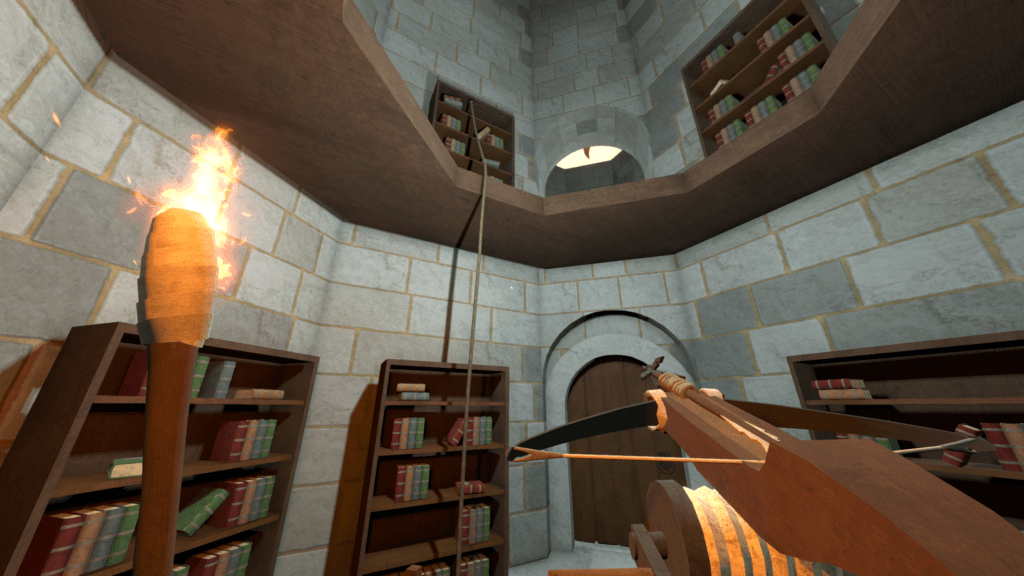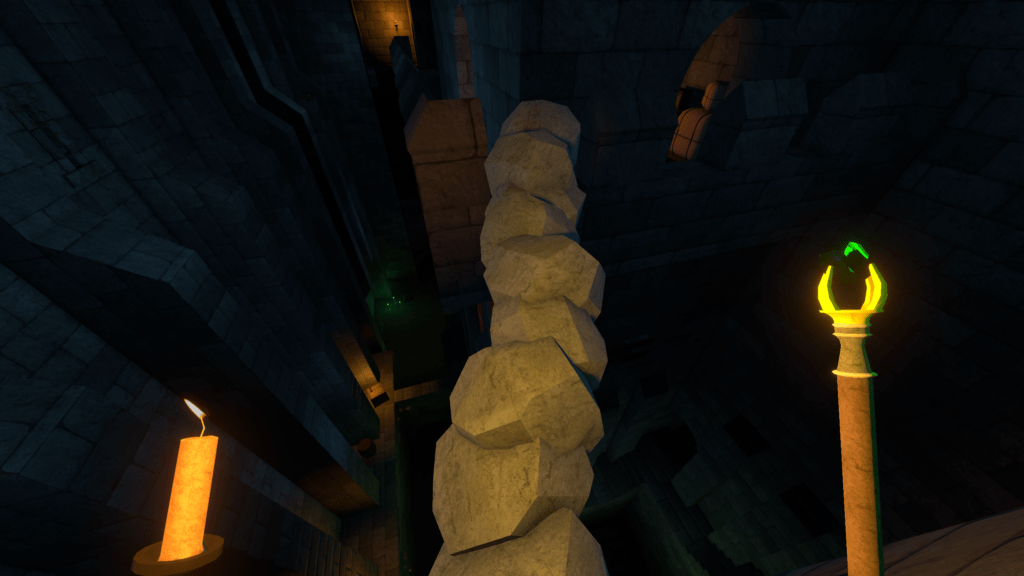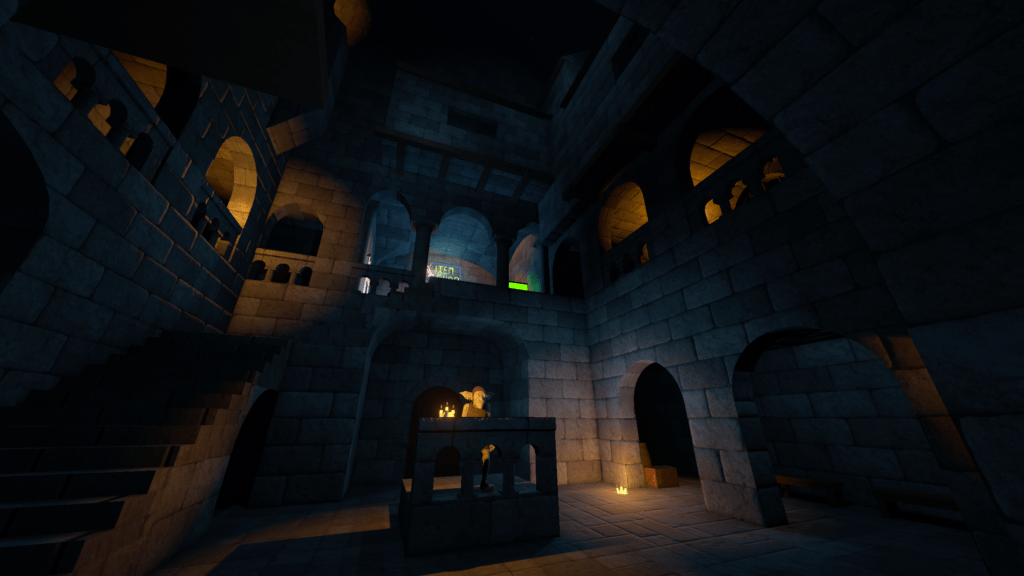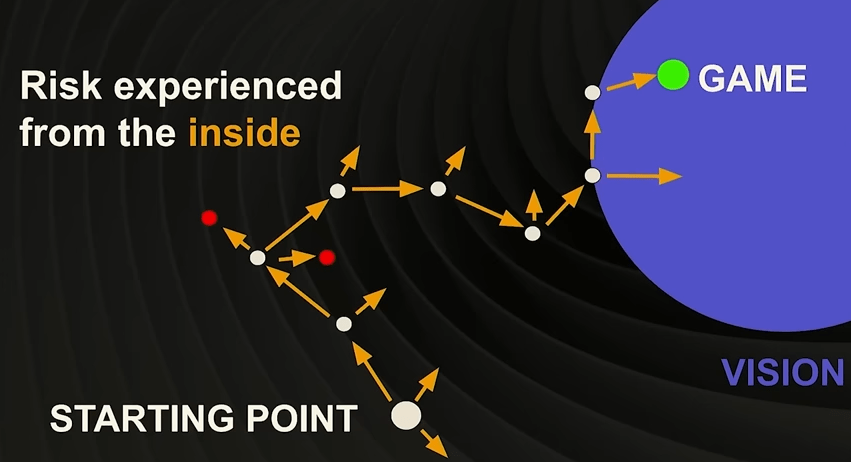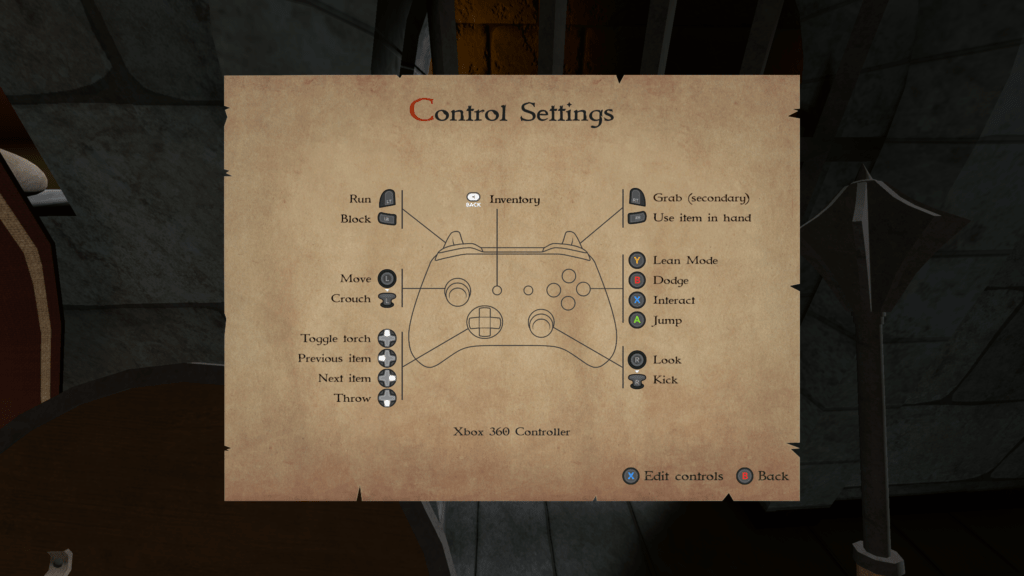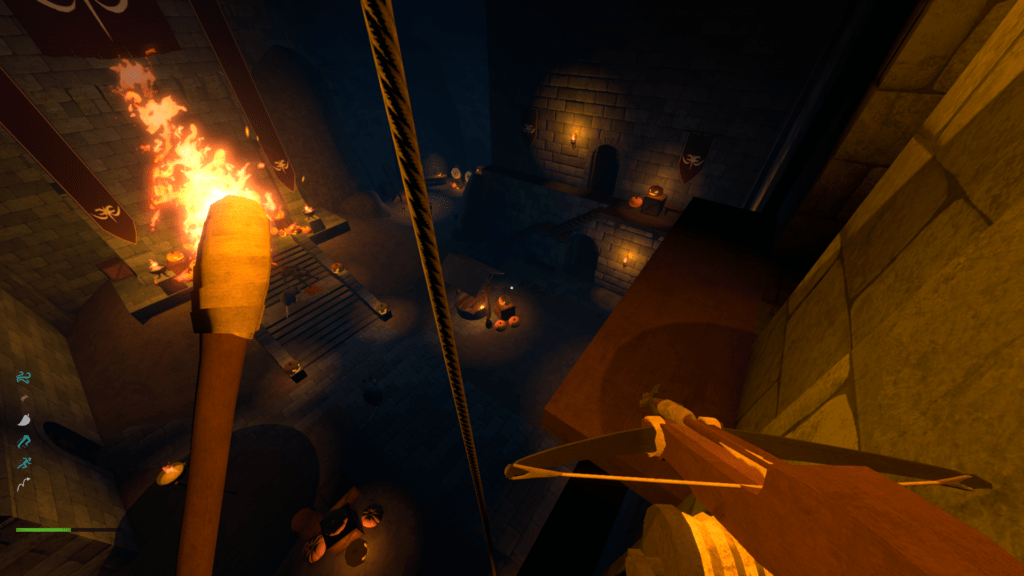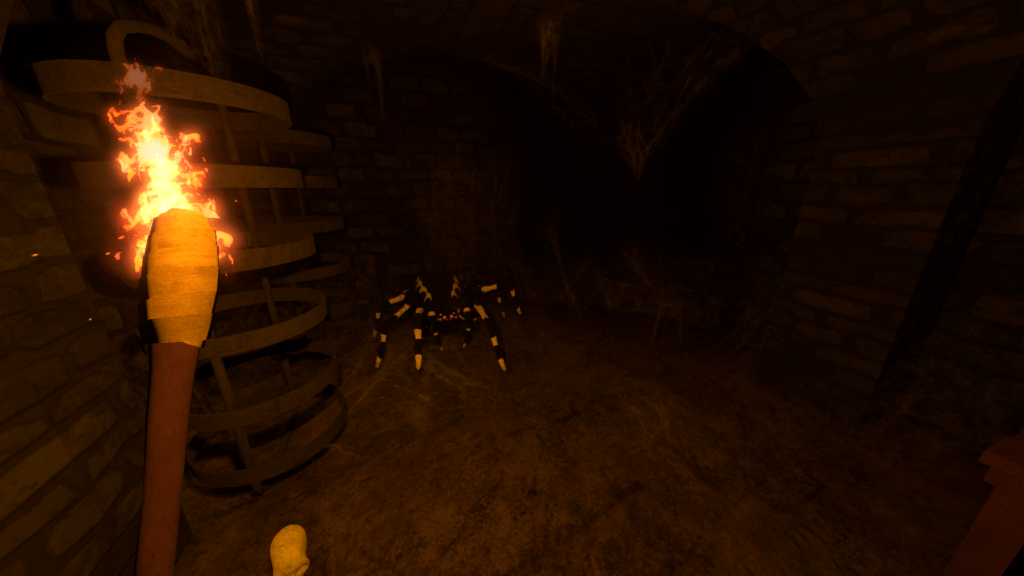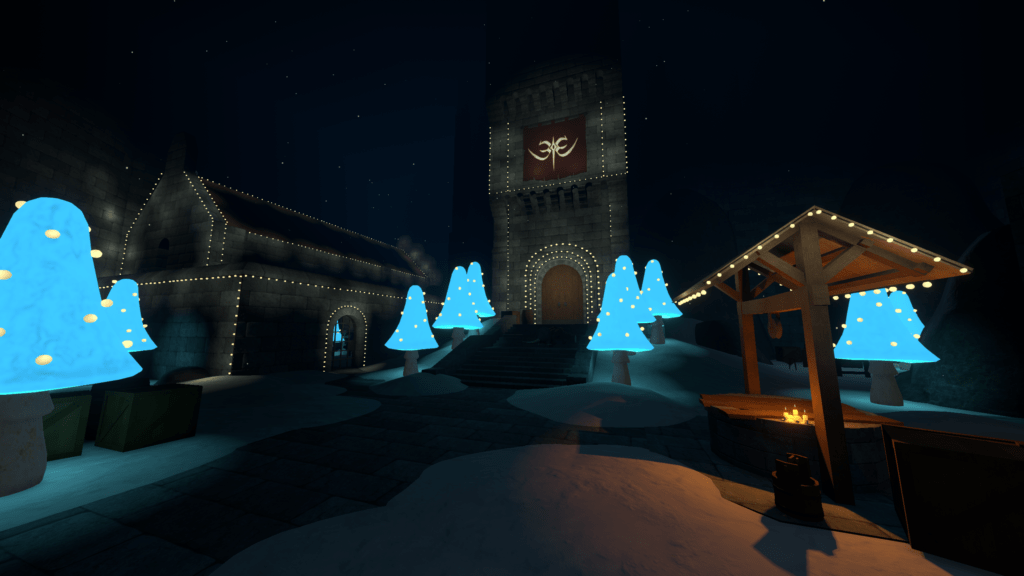Hello dungeon raiders,
I hope you are well since last time.
I’m sorry I do not write devlogs more regularly. I’m too focused on the development of the game and I completely neglect giving news and promoting the game. That’s really not a good thing. This devlog will therefore be a long overview of the many things that I have done in recent months and the state of progress of the game.
Development status – entry into polishing phase
Last time, I told you a little about my work on the last level, and it’s now finished. I think it’s really great, and I can’t wait to see more people playing it. Of course, it still has some flaws. The various playtests revealed some problems which will be corrected gradually.
In terms of general progression, I am now “feature and content complete”, that is to say that all the levels and the content planned for release are done in a playable in a rather clean and polished version. I am now moving into the “polish” phase, that is to say multiple successive iteration and improvement until I reach sufficient satisfaction with all the elements of the game. Of course, I may add a few things here or there.
I’d like to do one or two more iterations on the whole game before doing more open playtests, but they’ll be coming soon.
After a big period of fatigue at the start of the year, this summer finally went well, but I am currently experiencing a seasonal autumn fatigue. This is usually the period of the year where I do a deep look at the project. It is an opportunity to lay the foundations, the vision, to review the schedules, to return to the cor experience, telling myself that this year will be the one!
You will probably have guessed it for yourself regarding the date, the release will therefore not take place in 2023 as we all hoped, once again the release date has been postponed. I had really neglected the accumulated fatigue which seriously affected my production rate. Additionally, the stress generated by approaching the end of development makes me question everything and waste time going in all directions.
Gloomy2
Last year I drastically improved the art style with the “gloomy” update, that consisted in a full rework of all textures and materials. This month, I just completed the “gloomy2” update that goes further with creating better and more varied textures, new environment meshes, and improving the atmosphere using fog, particles and special effects.
This update jas significantly improved the aesthetics of the game, and I plan to continue working on the artistic style.
Improved stealth
For a long time, I had wanted to improve the infiltration system, to return to a richer system based on light and sound, inspired by Thief: The Dark Project.
I finally took the time to create a prototype in which I reworked the detection systems. The goal was to test the technical feasibility of such system in the actual game, but also its impact on the core experience.
Previously I only used a simple detection cone with a basic detection test, which resulted in a binary “seen – not seen” state. Detection is now affected by how hidden you are in shadows and how much noise you make. The system incorporates multiple levels of detection, NPCs will first “look at something suspicious”, then “investigate” if you are almost detected, and be “alert” when they spot you.
I put my levels to the test by creating more interesting stealth situations in each level, to see if it worked well with the experience I was trying to create.
Well yes, the new infiltration system enriches the game’s experience as I was expecting. You explore “slowly and carefully”, which allows you to detect and avoid both traps and monsters.
So I validated this change, and integrated it into the game. With these improvements, you can now move slowly and silently in the shadows to completely avoid combat or perform sneak attacks. You can also create diversions by making noise, such as throwing objects, or sneaking up behind an enemy to push them into a trap.
Besides, did you know that there already was a lure system based on food? Monsters can be attracted if you place the appropriate food nearby. For the rats, it will be cheese. Use it to keep them away from you or lure them into a trap.
You can test the new stealth system in the last demo update.
Combat Improvement – Dodging, Blocking
A significant criticism of the game was that the combat was not very interesting, consisting only of circling around enemies. Even if combat is far from being one of the priorities of the game, because it’s not an action and combat game, I decided to nevertheless improve it.
This time again, I created a prototype to try out new features and see how to improve combat. After some experimentation, I finally added two new moves: dodging and blocking.
Blocking can be done with the weapon in the right hand or with a shield equipped in any hand. Shields can even block arrows and certain traps. However, be careful when blocking, as it consumes stamina and you will be stunned if you block without enough.
Dodging revitalizes movement, it is much easier to avoid an attack or to slip behind the attacker’s back.
These new movements are well in line with the type of combat that I am trying to create, slow and strategic, where the management of positioning, rhythm, and endurance are priorities to defeat your enemies. I don’t want a game that’s too action-heavy with quick fights where you chain monsters together. I want to encourage players to detect and then approach monsters thoughtfully, by creating an advantage, or using the environment to their advantage.
These changes have also been integrated into the game, and you can also test them in the latest version of the demo.
Player progression and skill tree
In Neverlooted Dungeon, there are no experience points and levels, it’s a “light” RPG. But actually, yes, there are. Gold coins are the equivalent of experience points, and magic items and equipment are the skills you unlock by spending your gold.
Consequently, there is a kind of “skill tree”, even if it is a little hidden. As you progress, you can buy more and more magical items, more varied, but also more powerful. For example, after purchasing “speed boots”, you can choose later to buy “advanced speed boots”, or rather “double jump boots” if you are more of the acrobat type, or even “powerful kicking boots” if you’re the warrior type.
What kind of abilities are unlockable? A lot ! Some examples: telekinesis, rope arrow, speed, high jump, double jump, levitation, slow fall, rock creation, flame thrower, fire extinguisher, enlarge or shrink objects, control and summon rats, fireball…
From a narrative point of view, this system is justified by the fact that when you die, you are a new dungeon raider. Gaining levels therefore makes no sense. However, you can “recover your experience” by looting the corpse of the previous looter to recover your gold and equipment.
Another fundamental difference with a classic “skill tree” is that a skill tree commits you to a branch, for example you have to buy “speed 1” to unlock “speed 2”, and this often prevents you from experimenting because the points are limited. Here, you can simply sell your boots to buy another type, which allows you to change branches whenever you want to try several styles of play.
However, even if there is indeed a character progression, I also don’t want the game to have a “zero to hero” type progression. I see the player’s progression more as an enrichment of the game possibilities, with more and more capabilities, than as a simple “power up” to become a “hero”. It is above all the player himself who will progress and become a better dungeon raider rather than his character.
I hope that these choices will be well understood and appreciated.
Feature Failure: Mega dungeon
When you’re developing a game, it’s sometimes hard to stay on track and always make the right decisions. The creation process is very different from that of software creation, with (more or less) clear specifications and a (more or less well-made) budget. When we make a game, the objective is not clearly defined, we seek to achieve a “vision”, but without always knowing what are the right decisions to achieve it.
When I paused Goblin’s Week to work on Neverlooted Dungeon, one of the constraints I imposed on myself was to have a set of independent levels, and not a mega dungeon with interconnected levels, to better manage the scope and avoid a new pitfall. But for a long time, this idea of an “interconnected mega dungeon” had been circling around in my head, and I couldn’t decide if it was the right decision. So, once all the levels were completed, I wanted to spend a few days working again on this concept of “interconnected mega dungeon” to validate or invalidate it once and for all.
For this, I made several prototypes:
1 – The first was a technical feasibility prototype. Given that I already had everything set up during my work on Goblin’s Week, it didn’t take very long to connect all my levels with object persistence (for example, place an object on the ground in a level and it will still be there later)
2 – Next, I wanted to evaluate whether connecting the levels and allowing back and forth had as much added value as I thought. So I put together the “coolest” ideas that had been running through my head for months. While playing it, there was certainly added value, but I also encountered some degradation of the core experience, and I also found that certain aspects would require more work to adapt than expected.
3 – I was also wondering whether I should connect the levels around a central hub or in a more organic way. I had the central hub set up and started making a more organic version. The central hub was rather unsatisfactory, but the organic connection added even more problems.
The important thing when making a prototype is that it must answer a specific question, here was whether an “interconnected mega dungeon” was the right direction to take to complete Neverlooted Dungeon. No, it’s not a good idea. This is a very important element and one that works well for games that are built around this idea from the start, like Arx Fatalis or Lunacid, but for Neverlooted Dungeon not only does it degrade certain aspects of the experience that I consider important , but it also requires a lot of additional work that I would prefer to invest elsewhere.
I decided invalidate that hypothesis and return to the fundamentals of Neverlooted Dungeon: atmospheric dungeon exploration, traps, treasures, and a lot of freedom of action. From my point of view, there is still a lot of work on this side, and their improvement has much better added value than the connection of levels.
This little paragraph was written to show you that in a game development, it’s misleading to look at the final product and imagine that everything has flowed naturally. The creation process contains a lot of research, trial and error, and sometimes failures and cut content. I recently found the graphic below at a GDC talk and think it expresses this point perfectly.
Many other things
Apart from the work on the levels and major features, all the elements of the game continue to progress. Most of these changes are invisible, but you may notice improvements in all areas of the game.
The music is almost finalized. Alexandre Sciré continues to compose excellent pieces, separated into stackable tracks, which I spend a lot of time listening to in detail, mixing dynamically, testing in the game, writing precise and detailed feedback, so that the soundtrack allows really create the atmospheric exploration experience I desire.
I made lots of tweaks and minor changes here and there. For example, the improved stamina/health UI which better shows consumption or damage taken. Or that nice gamepad control scheme.
I told you last time about rope arrows, they are now available in the demo. Try to find them and use them to reach inaccessible places and collect all the loot.
Don’t like spiders? Look at the game settings and turn them off for a spider-free experience. Also, I was told that I should also add a thalassophobia mode, it will be done.
Christmas demo
Finally, this year, a little break in development to put the demo in Christmas colors. If you missed the Halloween update, now is the time to go and test the latest new features with a winter theme (shields, parries, infiltration, rope arrows, etc.) and give me your opinion.
Roadmap
I am therefore in the polishing phase. The biggest difficulty is sorting the things to do by importance and properly estimating their costs. I’m currently focusing on improving atmosphere, exploration, traps and treasures. Some levels need more work than others. Some levels require more variety of traps and monsters. I also know that the narrative needs to be improved to strengthen the player’s motivations. There is also polish work to be done everywhere, whether on the visuals, the interfaces, the dialogues.
In short, there is plenty to do… 2024, I believe in it!


